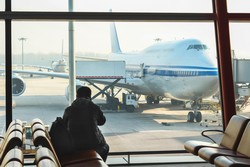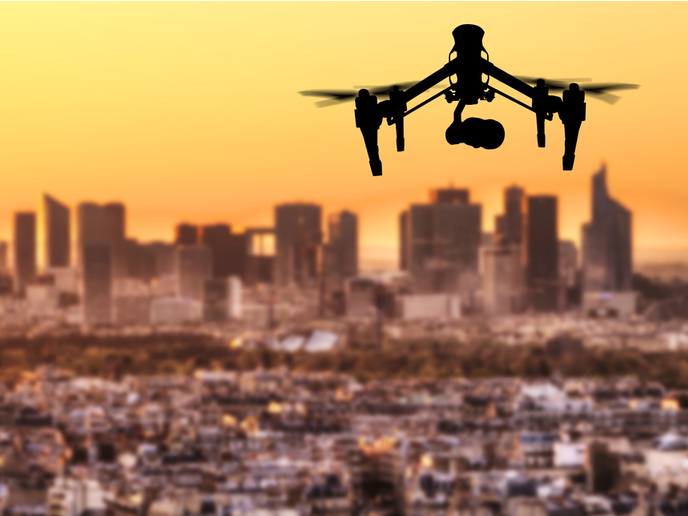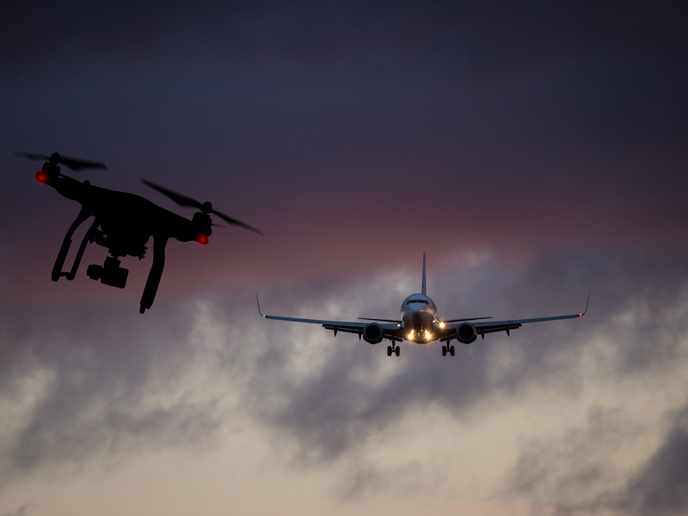Novel solutions for time- and cost-efficient airport processes
Aircraft turnaround drives the function of all other processes: passengers, baggage, freight and ramp operations. This turnaround involves complex procedures and ground operations, resulting in delays that can be extremely costly for airlines. At present, turnaround operations are a set of separately managed different processes that take place in the same airport setting. This approach normally leads to independent process strategies and objectives. Streamlined turnaround processes could help airports save costs and time, while improving customer experience and carbon footprint. The EU-funded INTERACTION (Innovative technologies and researches for a new airport concept towards turnaround coordination) project introduced a fully integrated and coordinated management of passenger, baggage, freight and ramp operation processes. Project partners characterised and defined the relationship between various airport processes, and identified problems and needs for improvement. They characterised the different information management tools that support such processes and determined their inefficiencies. Results mainly show that current turnaround involves several uncoordinated processes leading to inefficient time and resource management. Using the situation analysis as a basis, the INTERACTION team defined, designed, developed and validated 20 novel solutions for each of the airport processes. The solutions were grouped into three categories: advanced procedures and new operational concepts; innovative technologies and techniques; and enhanced information management and decision-support tools. Lastly, a business case and cost-benefit analysis identified the most promising improvements for each solution and the ideal scenario to maximise its potential. Airport operators, airlines, ground handlers and other aircraft services providers stand to benefit from INTERACTION’s procedures, technologies and information tools. Improved turnaround times should also reduce the environmental impact of airport operations and enhance passenger service.
Keywords
Airport processes, turnaround operations, aircraft turnaround, INTERACTION, information management







